
Review on 📶 Enhance and Expand Your Network with TP-Link AV600 Powerline WiFi Extender and WiFi Booster (TL-WPA4220 KIT) by Mateusz Banaszkiewic ᠌

A great option for this money, I definitely recommend it!
In a nutshell, everything is wonderful. I am pleased with the product; therefore, I would recommend it. A little background first: for personal reasons, a friend had to relocate his home office from the room to the balcony. On the balcony, the home Internet is only accessible through wireless internet, but here's the catch: the Internet speed through wireless internet dropped to 4/4 Mbps due to the fact that there are two load-bearing walls to the router and approximately 20 networks are visible in the 2.4GHz range. There was an attempt made to employ a repeater that was manufactured by Tp-link; however, it was unsuccessful. After doing research on the Internet, we selected to experiment with connecting to it through a PowerLine network using a Tp-link tl-wpa4220kit since it was the most suitable device for our needs. Tp-link's set comes with two cables that can support data transfer rates of up to 100 Mbps each. These connections are used to connect the modules to the router and the end users. The primary unit (tl-pa4010) was connected to the router from MGTS by wire, and the connection speed was set to 500 Mbps. The mating box, a tl-wpa4220, was plugged into the nearest outlet to the place of employment. The wiring in the area is made of copper and was installed approximately twenty years ago. The following is how the network diagram 220 turned out: the main block; the input machine to the first room; the input machine to the second room; an extension cord of 3 meters; a distributing block; an extension cord of 3 meters; an extension cord of 3 meters; an extension cord of 3 meters; an extension cord of 3 meters. The speed is approximately 13/19 Mbps (reception / transmission) with this network configuration, while the speed from your own Wi-Fi access point turned out to be 5/5 Mbps. Following my research on the internet, I made the decision to cut one of the extension cords. By utilizing this strategy, we were able to maintain a speed of 35/30 Mbps over a wired connection. When we removed the second extension cable, we were able to maintain a speed of 70/70 Mbps consistently. We made an attempt to move the main unit to a nearby outlet, but it caused the speed to quickly decrease to 60/60 Mbit/s, so they put it back the way it was before. The speed in the kitchen was reduced to 65/65 Mbps when an experiment was performed in which the microwave and the oven were turned on. As a direct consequence of this, everything functions normally, and the internet's reliability is high. According to the comments, the reaction unit (TL-WPA4220) generates a significant amount of heat, which means that it cannot be stored in a container with a lid. When the primary unit (tl-pa4010) is unable to connect to the Internet, the power diode will blink very slowly.
- After plugging it in and connecting it using the appropriate cords, I found that it was operational.
New products
Comments (0)
Top products in 🖧 Network Adapters
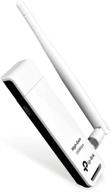
High Gain Wireless Network Adapter - TP-Link Nano USB Wifi Dongle with 150Mbps Speed for PC Desktops and Laptops. Compatible with Win10/8.1/8/7/XP Linux 2.6.18-4.4.3, Mac OS 10.9-10.15 (TL-WN722N)

46 Review
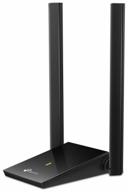
TP-Link Archer T4U Plus AC1300 USB 3.0 WiFi Network Adapter

29 Review

TP Link TL WN823N 300Mbps Wireless Adaptor

55 Review
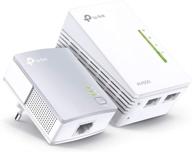
Enhance Your WiFi Range with TP-Link TL-WPA4220KIT 300Mbps AV500 Powerline WiFi Extender Start Kit

37 Review
Another interesting products
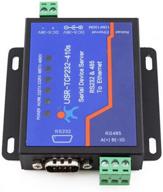
🔌 USR-TCP232-410s: RS232/RS485 Serial to Ethernet Adapter/IP Device Server with DHCP/DNS Support

4 Review
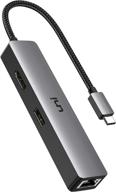
🔌 uni USB C Hub with Ethernet Adapter, 4K HDMI, Gigabit Ethernet, and 3 USB 3.0 Ports for MacBook Pro, iPad Pro, XPS

11 Review
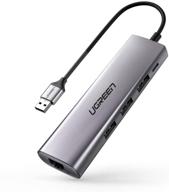
UGREEN USB 3.0 Ethernet Adapter Hub with RJ45: Fast Gigabit Ethernet Converter, 3 Ports USB 3.0 Hub Compatible for MacBook, iMac, Surface Pro, Chromebook, Laptop, PC

11 Review
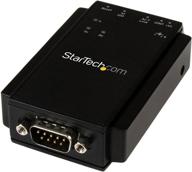
🔌 StarTech.com NETRS232 Serial to IP Ethernet Device Server - DIN Rail Mountable - Serial Device Server - Serial Over IP Device Server (Black)

4 Review

